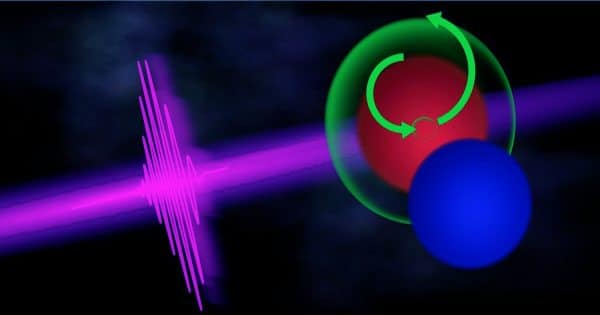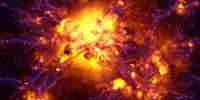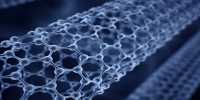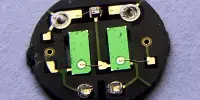Lead hybrid perovskites are the most exciting components due to their potential to be the most efficient solar cells, but the reason why the next gene material is so good is not exactly clear. An assumption places an enthusiastic half-particle brain known as a pole. Researchers have now reported the first observations of polarons in these substances. A polaron is a semi-particle – an interaction that behaves just like a particle but is not one. This polarity can be seen as a transient deformation in the structural webs of the solid structure due to the interaction between solid electrons and the atoms around them.
Scientists at the Department of Energy’s SLAC National Accelerator Laboratory and Stanford University have used an X-ray laser to study these polar beams as before. They were able to see these and for the first time we’re able to study their structure in lead hybrid perovskites, as reported in Nature Materials.
Senior author and research leader Professor Aaron Lindenberg said in a statement, “These materials have taken the field of solar energy research by storm due to their high efficiency and low cost, but people still argue about why they work.” “The idea that polar bears may be involved has been around for years. Our experiments, however, are direct observations of these local distortions, including their size, shape, and how they develop. “
The X-ray laser helps researchers measure the speed of atoms occurring in one billion millionths of a second. The material is struck with an optical laser, releasing some electrons that begin to pass through the mesh. As the electron moves, the polarity moves into “existence.” It is a distortion that spreads rapidly. The team saw it form in less than half a billionths of a meter and then grew 50 times larger. Polaris actually pulls ten atomic layers in a trillion of a second.
Lindenberg said, “This distortion is actually quite large, something we didn’t know before.” “This is something completely unexpected. Although this test shows as accurately as possible that these objects do exist, it does not show how it would contribute to the efficiency of any solar cell. Further work needs to be done to understand how these processes affect the properties of these materials. “
Perovskites are a kind of puzzle. Researchers have been attaching these to solar cells for nearly a decade, improving their ability to convert sunlight into electricity. However, they are also full of defects that hinder the flow of electricity. There are many obstacles to this component before creating an alternative to silicon solar cells, but studies like this are important to understand and perhaps discover something better.















